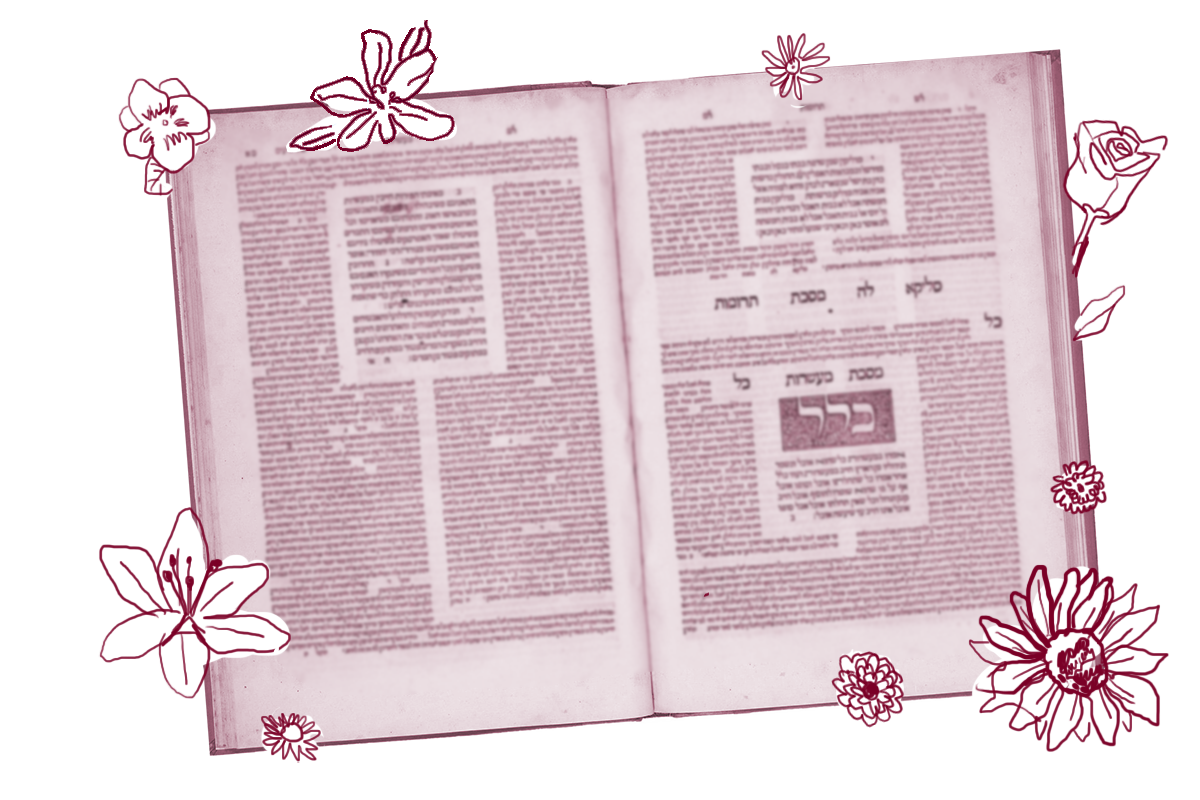For weeks we’ve been discussing the two goats of the atonement ritual, one of which was designated “for the Lord,” and the other “for Azazel.” Today’s daf asks an important question: What (or who) the heck is Azazel?!
The Gemara cites three different answers to this question:
The sages taught: The word “Azazel” indicates that the cliff the goat is pushed from should be rough (Hebrew: az), and hard…
It was taught in another beraita: Azazel is a reference to the hardest mountain, and so it says: And the mighty (eilei) of the land he took away. (Ezekiel 17:13)
With your help, My Jewish Learning can provide endless opportunities for learning, connection and discovery.
The goat for Azazel wasn’t, according to the rabbis, just sent off into the wilderness — it was physically forced off a cliff. These two explanations of the strange name are linguistic puns that see the word Azazel as a clue to the geography of the landscape where the goat is sent. The Gemara then offers a third explanation which takes the name Azazel in an entirely different direction.
The school of Rabbi Yishmael taught: Azazel is so called because it atones for the actions of Uzza and Azael.
Here the name Azazel seems to be a portmanteau of two names, Uzza and Azael. But who are they? The Gemara doesn’t tell us.
The medieval commentator Rashi explains that these are the names of two angels of destruction who descended to earth and sinned with human women in the days before the flood that wiped out all of humanity except Noah and his family. The story is hinted at in Genesis 6:1–4 and the subject of lots of ancient Jewish speculation. Rashi here thinks that the name Azazel hints that the goat atones for sexual sins.
The Gemara doesn’t resolve the dilemma. And indeed, modern biblical scholars are also divided in how they understand the origins of the term. In his classic commentary on Leviticus, Jacob Milgrom lists three explanations for the identity of Azazel.
According to the Greek version of the Biblical text in the Septuagint, it means scapegoat, i.e. “the one carrying away the evil.”
According to today’s daf, as well as some other rabbinic texts, it is a geographic marker.
According to many other midrashic texts, it is the name of a divine or semi-divine being who lives in the wilderness, where many demons are said to live.
The identification of Azazel with a demon aligns with Rashi’s interpretation of Uzza and Azael — a fallen angel and a demon are not so different to the medieval imagination. And indeed, though the Gemara mentions Uzza and Azael without going into any depth or offering any explanation, this identification of Azazel and a fallen angel appears to have been the most popular, both in Second Temple Judaism and in the medieval period.
Wait — so the Torah might be telling us that to make ourselves right with God we need to send a goat out to a semi-divine being in the wilderness?! Not so fast. Milgrom argues that the Torah’s mention of a semi-divine being, and the association of that being with the ritual death of an animal, do not actually cause a theological problem because:
“Azazel himself is deprived of any active role: he neither receives the goat nor attacks it. Regardless of his origins—in pre-Israelite practice he surely was a true demon, perhaps a satyr (cf. lbn Ezra on 1 6:8), who ruled in the wilderness—in the Priestly ritual he is no longer a personality but just a name, designating the place to which impurities and sins are banished. As for the survival of the name Azazel, demons often survive as figures of speech (e.g., ‘gremlins’) long after they have ceased to be figures of belief.” (1021)
Read all of Yoma 67 on Sefaria.
This piece originally appeared in a My Jewish Learning Daf Yomi email newsletter sent on June 17th, 2021. If you are interested in receiving the newsletter, sign up here.



